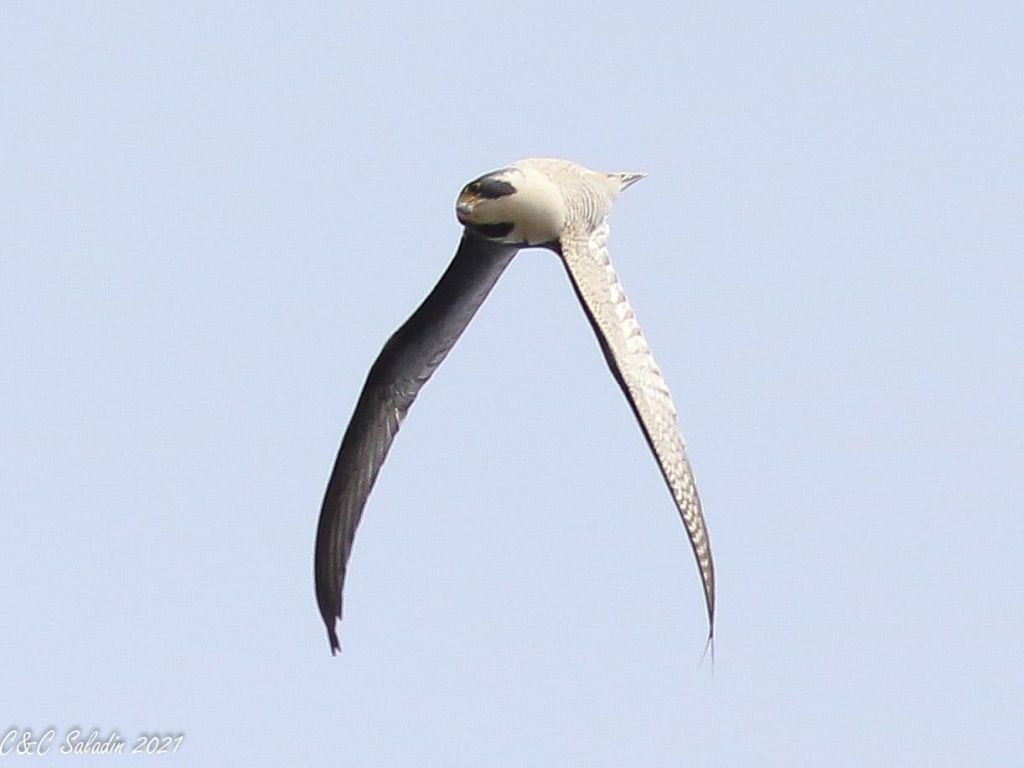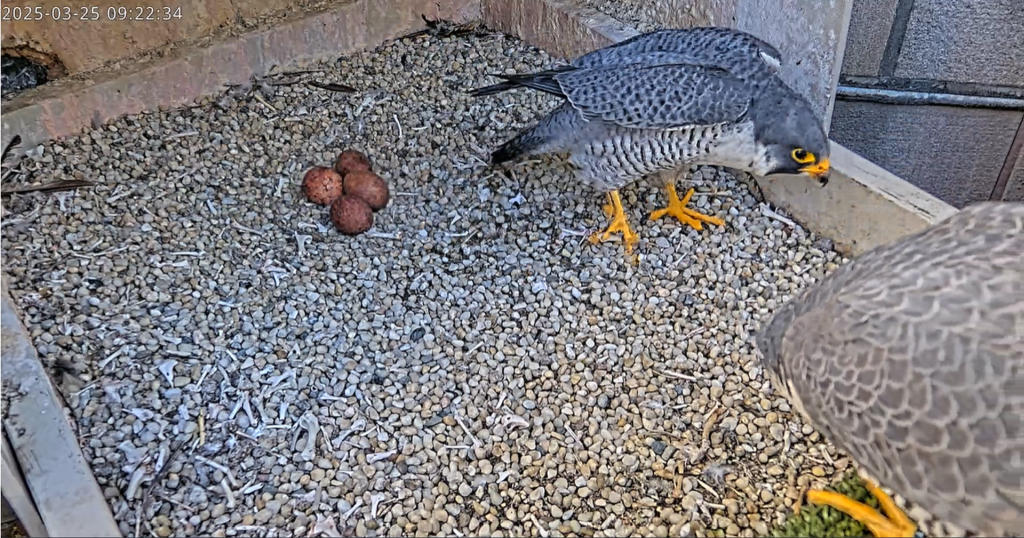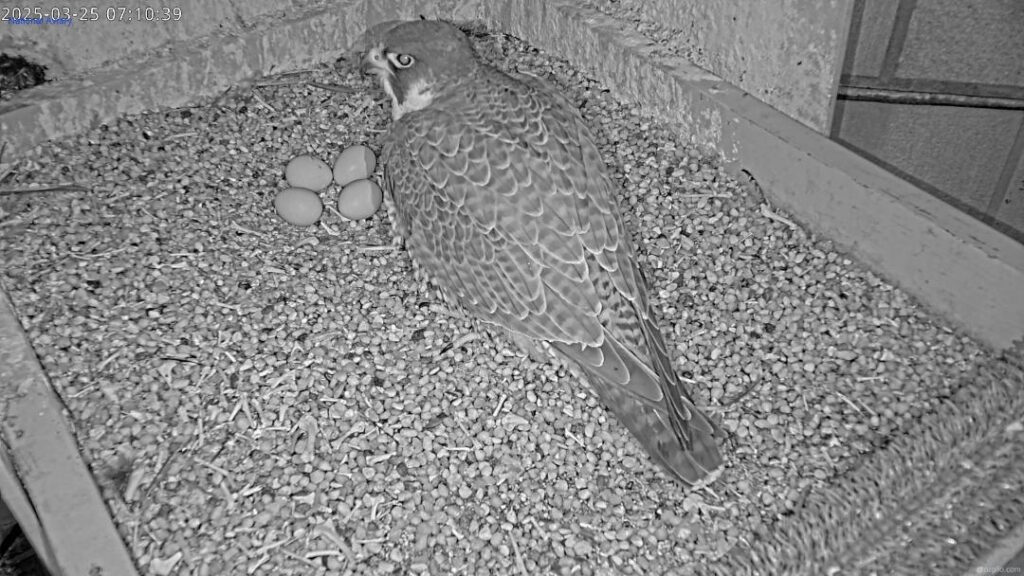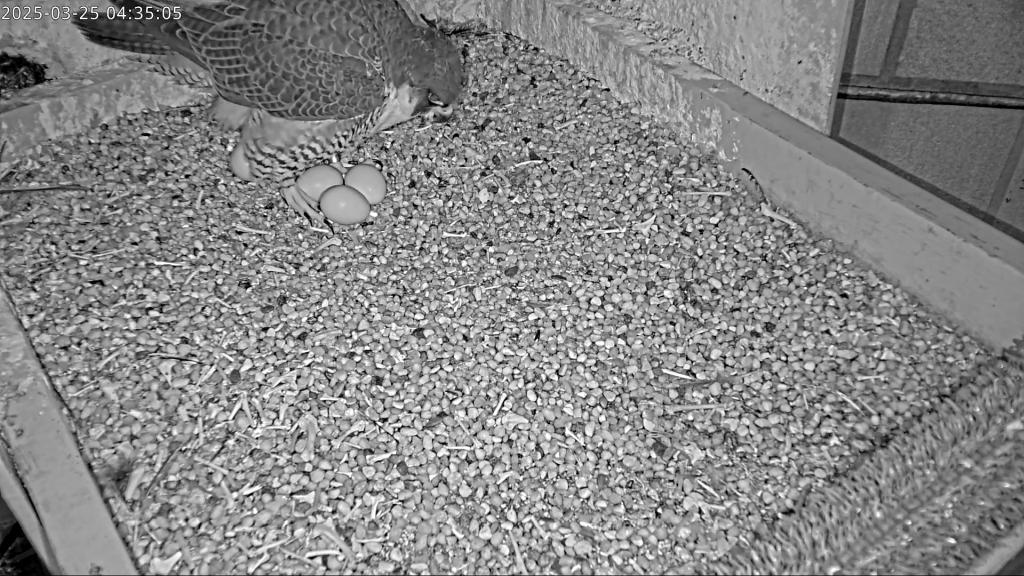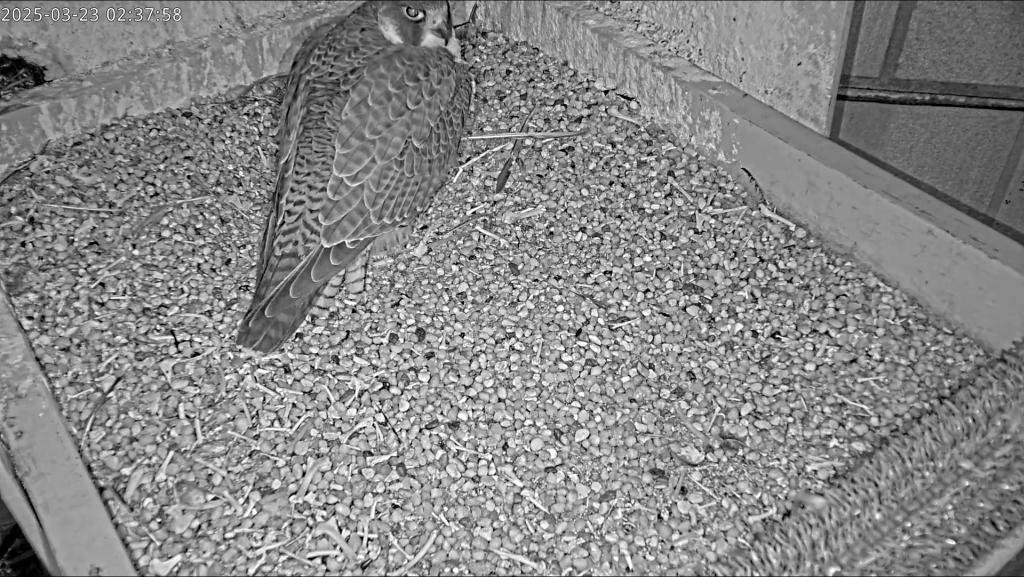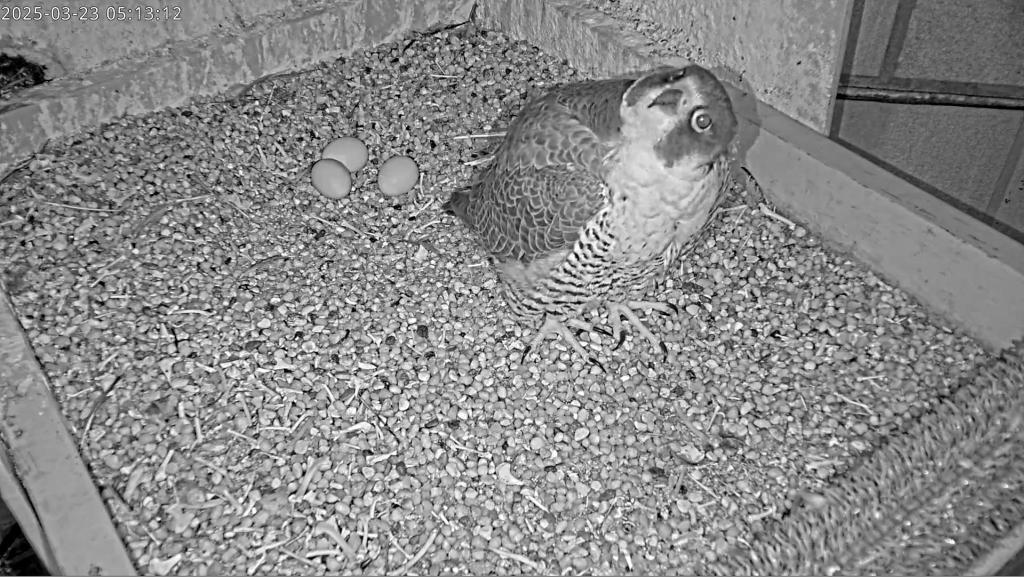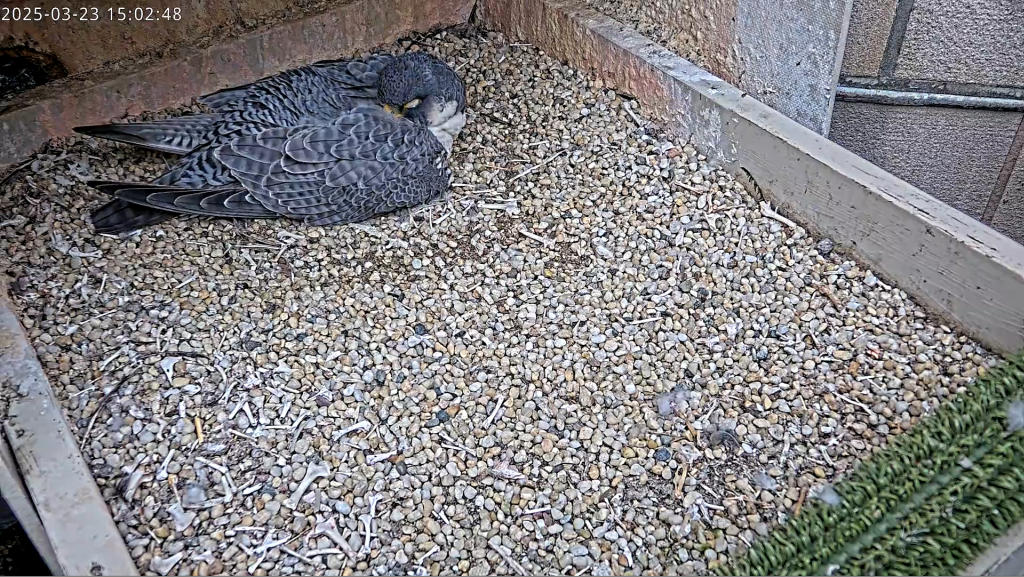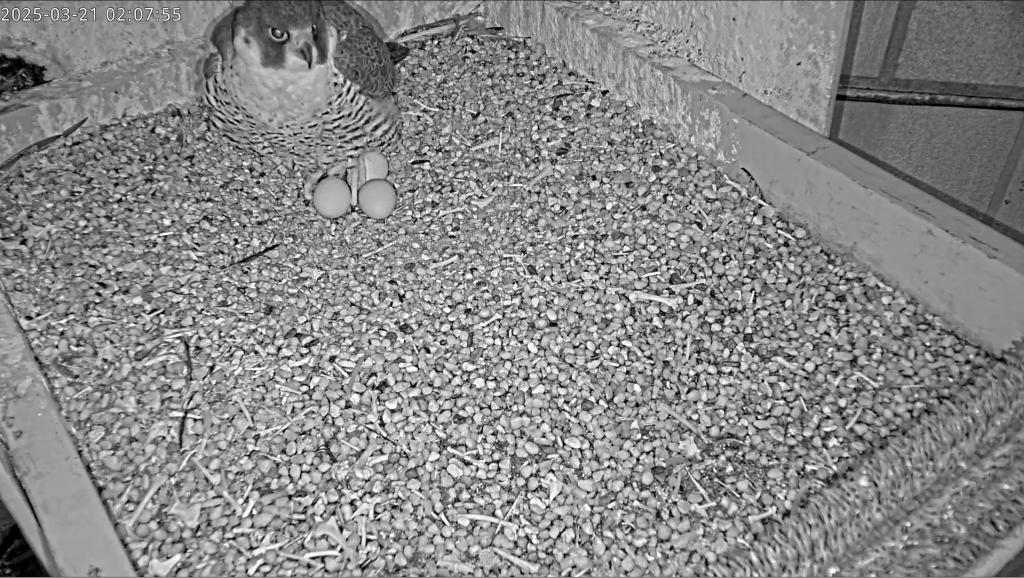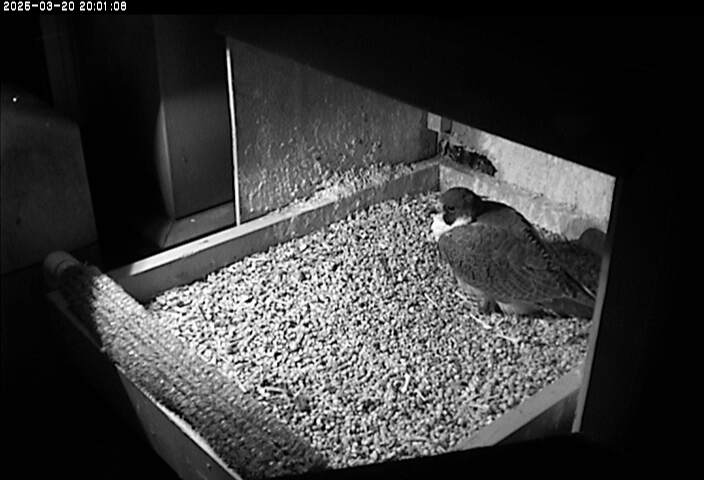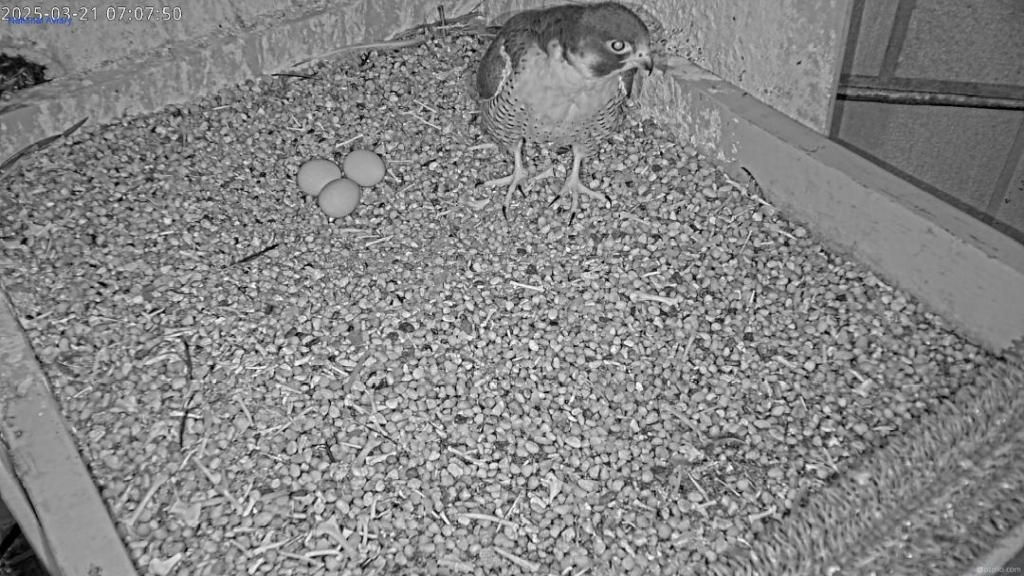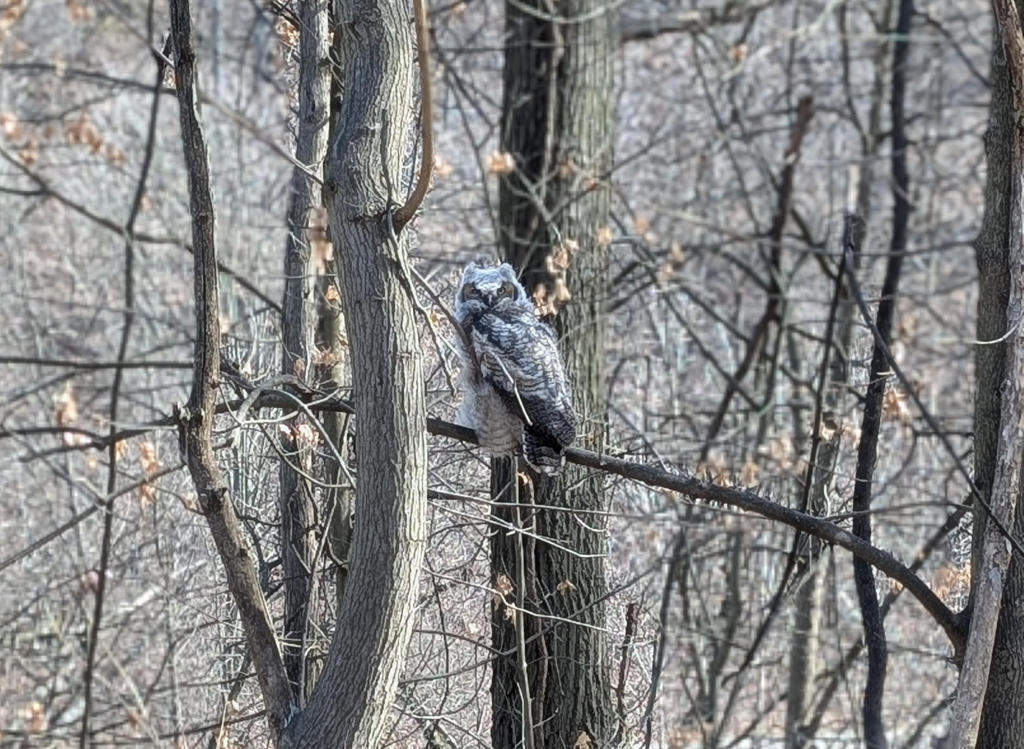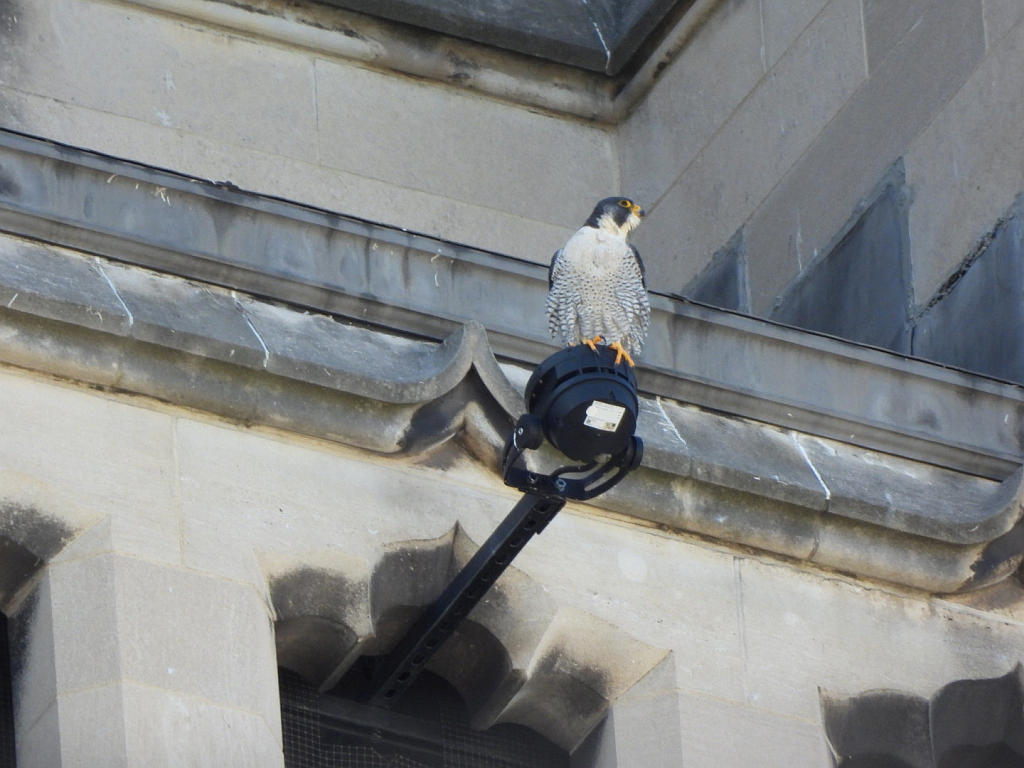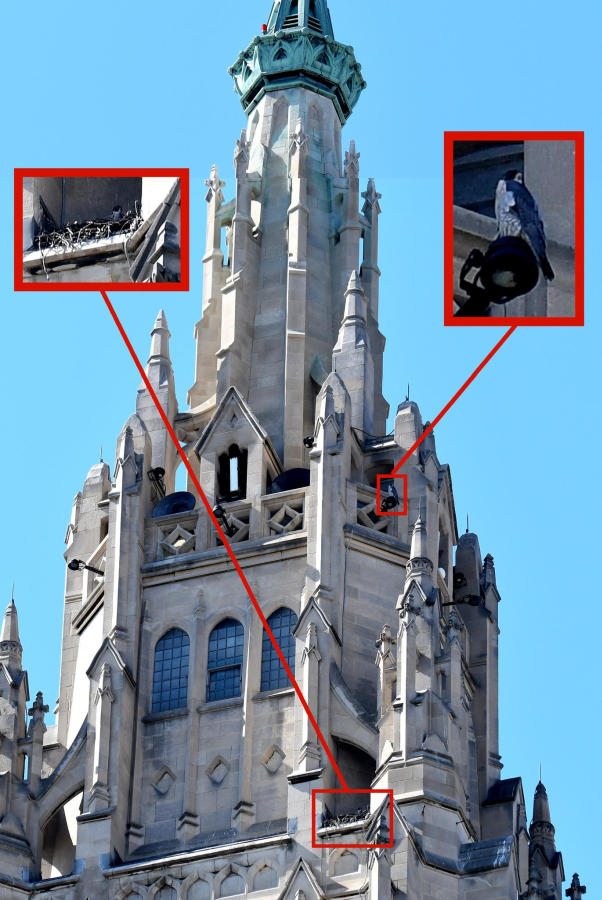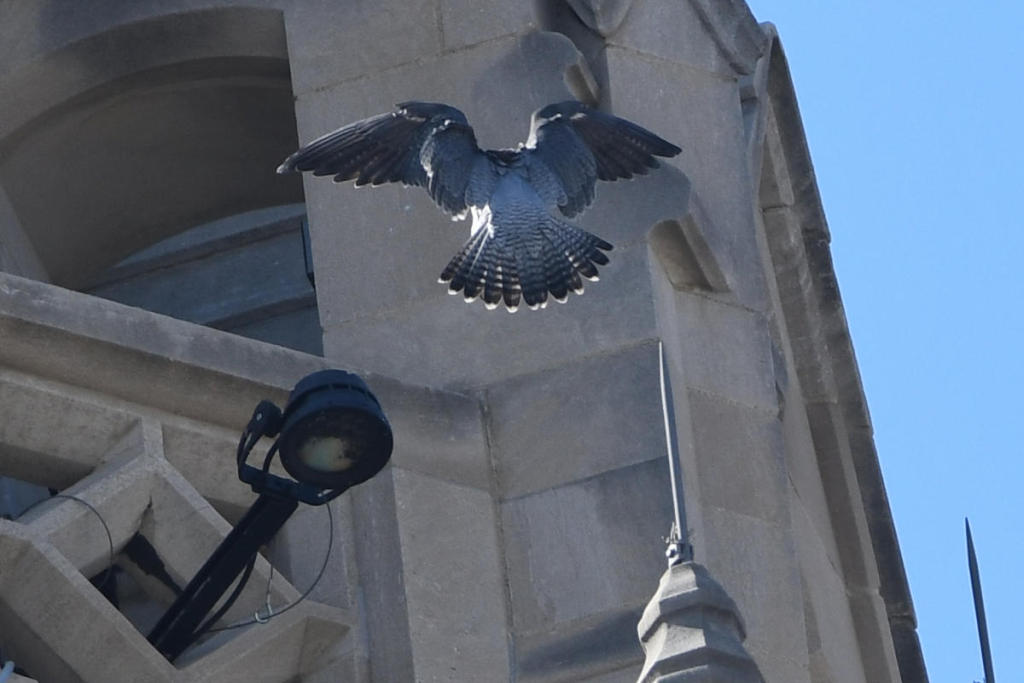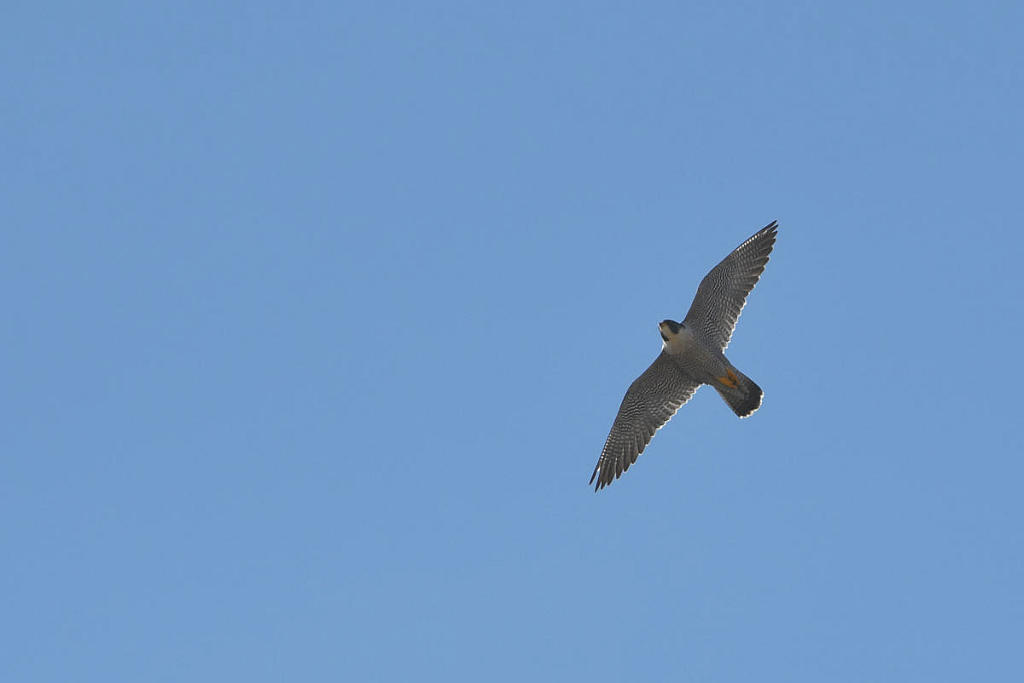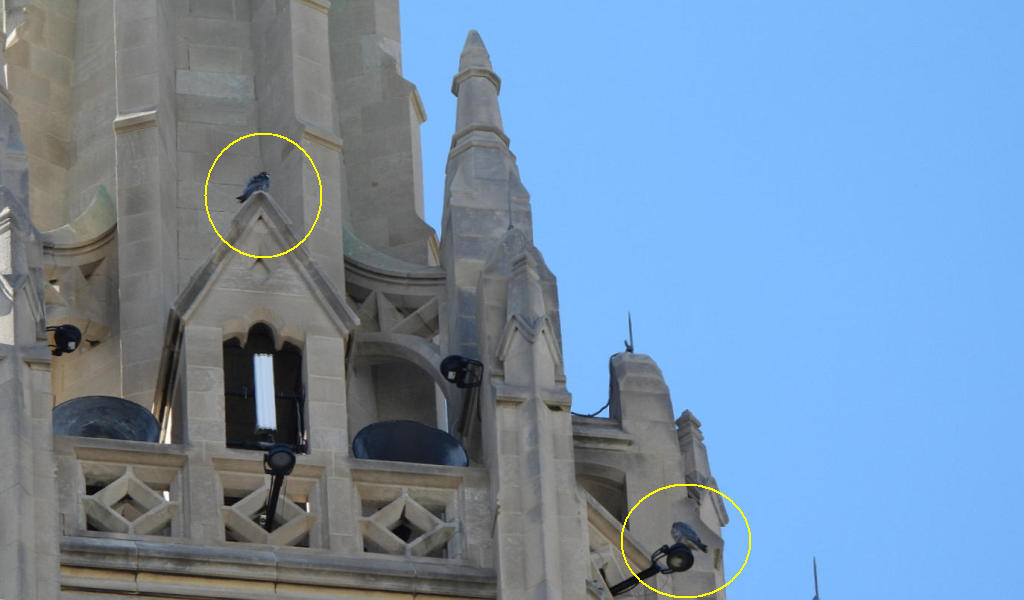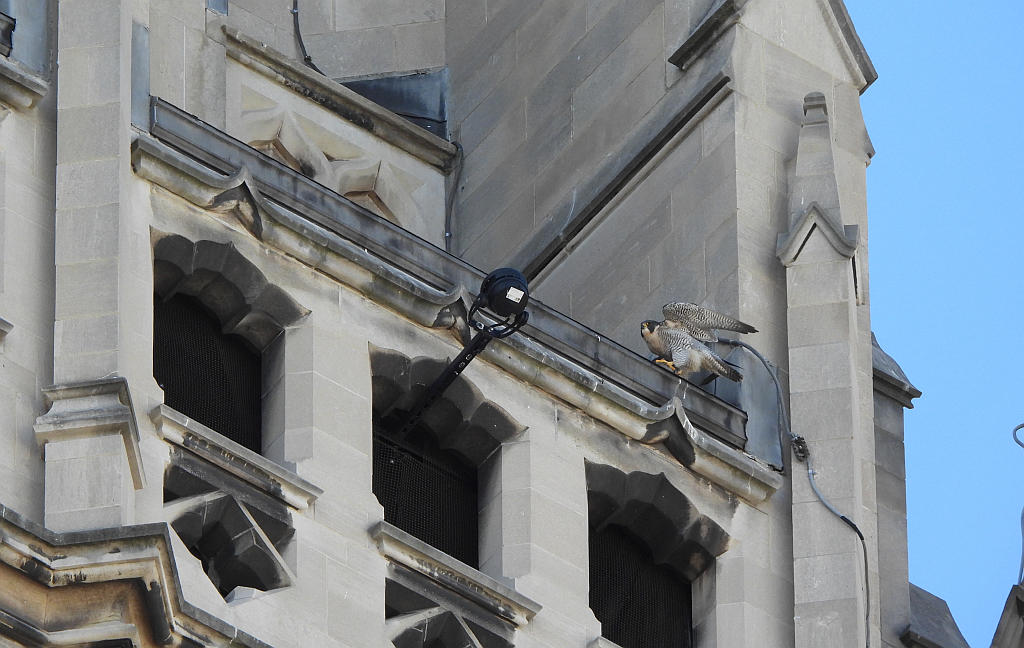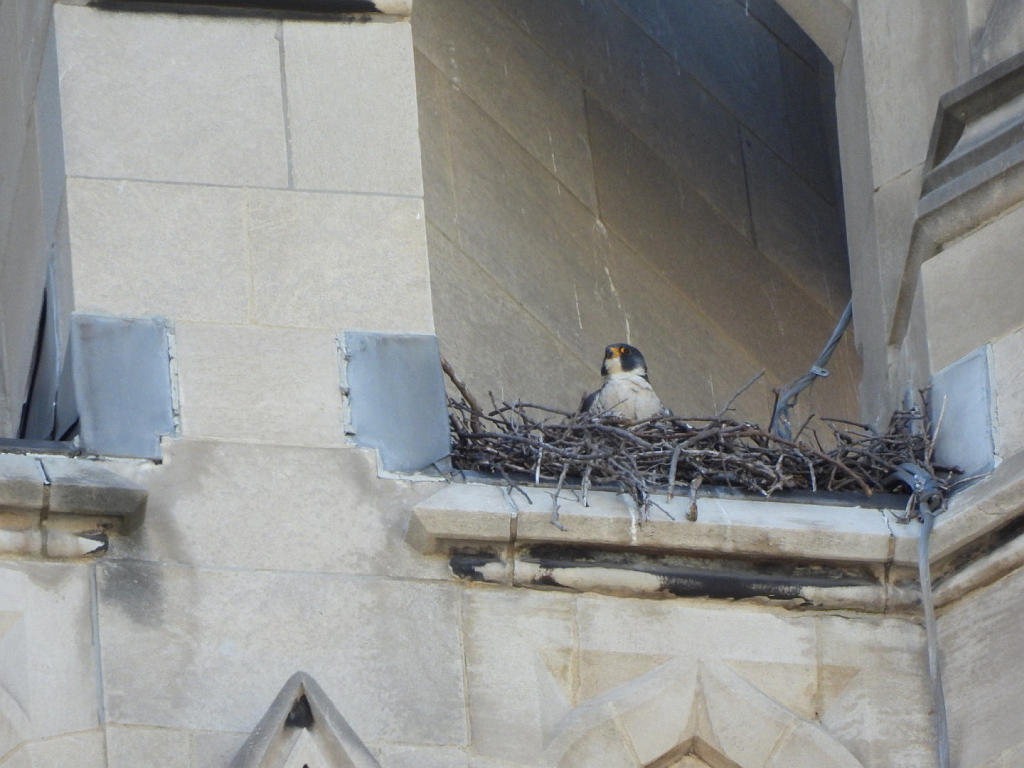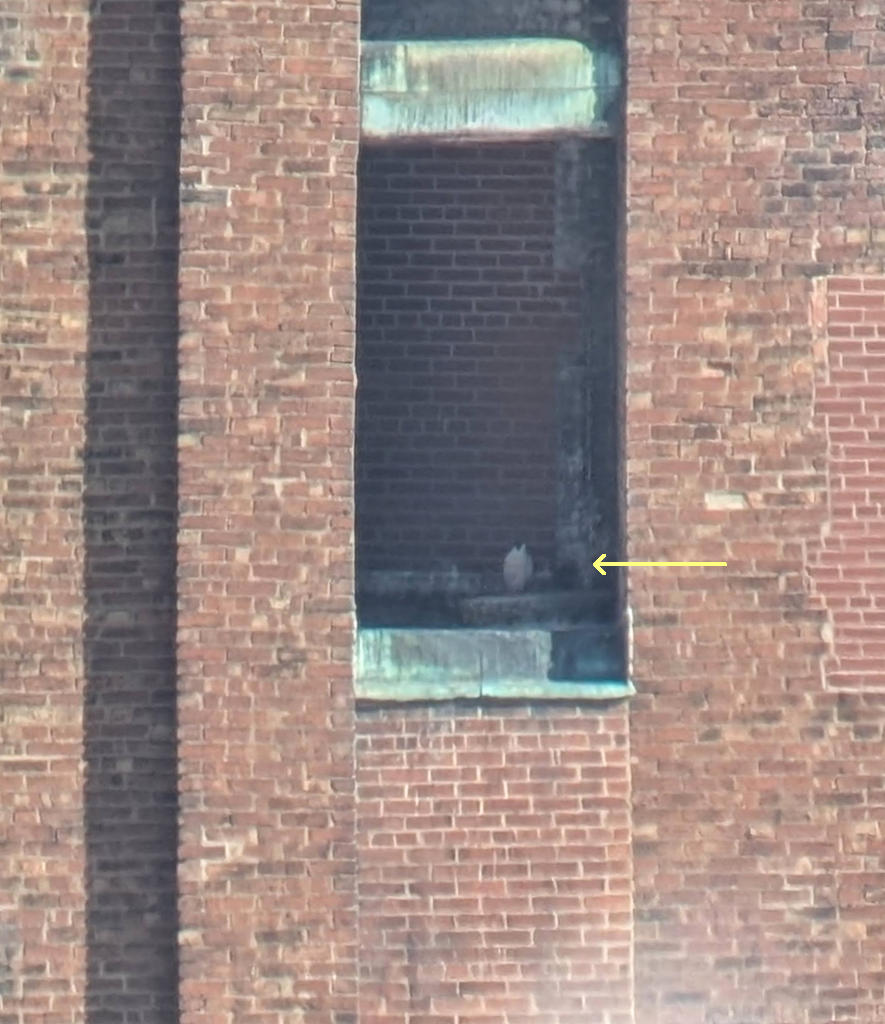
15 April 2025
Ten days ago in Birds Showing Off I blogged about the courtship flights of four raptor species: western marsh harrier, golden eagle, bald eagle and peregrine falcon and included photos of peregrines flying upside down from C&C’s Ohio Peregrine Page on Facebook by Chad+Chris Saladin.
In case you can’t imagine this, Chris posted an amazing series on 10 April of a male peregrine in sustained upside down flight while courting his new mate at Hilliards Bridge. Notice that he twists his head almost 180° so that his vision is rightside up. Wow!
Peregrine in sustained upside down flight
Hilliards Bridge, Ohio, Spring 2025 (photos by Chad+Chris Saladin)
The backstory is awesome, too, quoted from Chris’s post:
We were enthralled and entertained by Gusto and Luna engaging in gravity-defying courtship flights around the Hilliard bridge on a very windy day (30-40 mph winds that would blow our hats off without our hoods up tight over them)! It was tough to stabilize and to hold our cameras still enough to capture it.
We’ve mentioned before that seeing peregrines flying in heavy wind and getting to watch them in the showy courtship mode as they are bonding results in some of the most mind-blowing flight angles and body postures imaginable! And peregrines are amazing enough in flight without the aid of the wind, but when you add in the heavy gusts the speed reaches UNREAL proportions!
They were zipping over and around us, through the bridge arches underneath and then reappearing over our heads with swift ring-ups. They were hanging in the wind nearly motionless, and then with a slight twitch or tuck they would speed by, cutting through the wind, or angling their bodies for a tailwind to push them into overdrive!
You can often see the difference between males and females in flight, with males achieving more adept maneuvers and higher speeds overall. In this case the difference was even more striking, as the experience of maturity showed—although Luna was really moving through the air quickly, it was as if Gusto could fly circles around her!
In this album we’re sharing a sequence of Gusto in flight upside down out over the valley—it was somewhat distant, so we tried not to over-crop this sequence, but we still hope this provides enough detail to show his sustained upside down flight with his head contorted as he was focused on his flight path while flapping and gaining even more momentum! INCREDIBLE!!
— C&C’s Ohio Peregrine Page on Facebook
Follow C&C’s Ohio Peregrine Page on Facebook for more breath-taking peregrine news.












